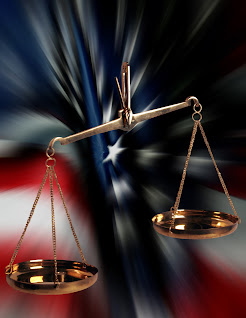Statute of Limitations: Hostile Work Environment & The Morgan Analysis
Under the Morgan Analysis:
[W]here a discrete act of discrimination is alleged, the limitations period runs from the act. Antonius, 153 Wash.2d at 264, 103 P.3d 729. But for a hostile work environment claim, the objectionable practice does not occur on a particular day. Id. Thus, conduct throughout the time the acts occurred could be considered if the plaintiff presented evidence that one or more acts took place within three years of when the claim was filed. Id. Accordingly, " [u]nder Morgan, a ‘ court's task is to determine whether the acts about which an employee complains are part of the same actionable hostile work environment practice, and if so, whether any act falls within the statutory time period.’ " Id. at 271, 103 P.3d 729 (quoting Morgan, 536 U.S. at 120, 122 S.Ct. 2061). "The acts must have some relationship to each other to constitute part of the same hostile work environment claim." Id. If no relationship exists, "or if ‘for some other reason, such as certain intervening action by the employer’ the act is‘ no longer part of the same hostile environment claim, then the employee cannot recover for the previous acts' as part of one hostile work environment claim." Id. (quoting Morgan, 536 U.S. at 118, 122 S.Ct. 2061).
Cox v. Oasis Physical Therapy, PLLC, 153 Wn.App. 176, 195-96, 222 P.3d 119, (Div. 3 2009) (hyperlinks added).CONCLUSION
The statute of limitations for a hostile work environment claim under WLAD is typically three years. However, when the court addresses an actionable hostile work environment practice, it may consider acts occurring outside of the three-year statute of limitations period if the plaintiff shows that one or more acts that are part of that same actionable hostile work environment practice happened within three years of when the underlying claim was filed.









